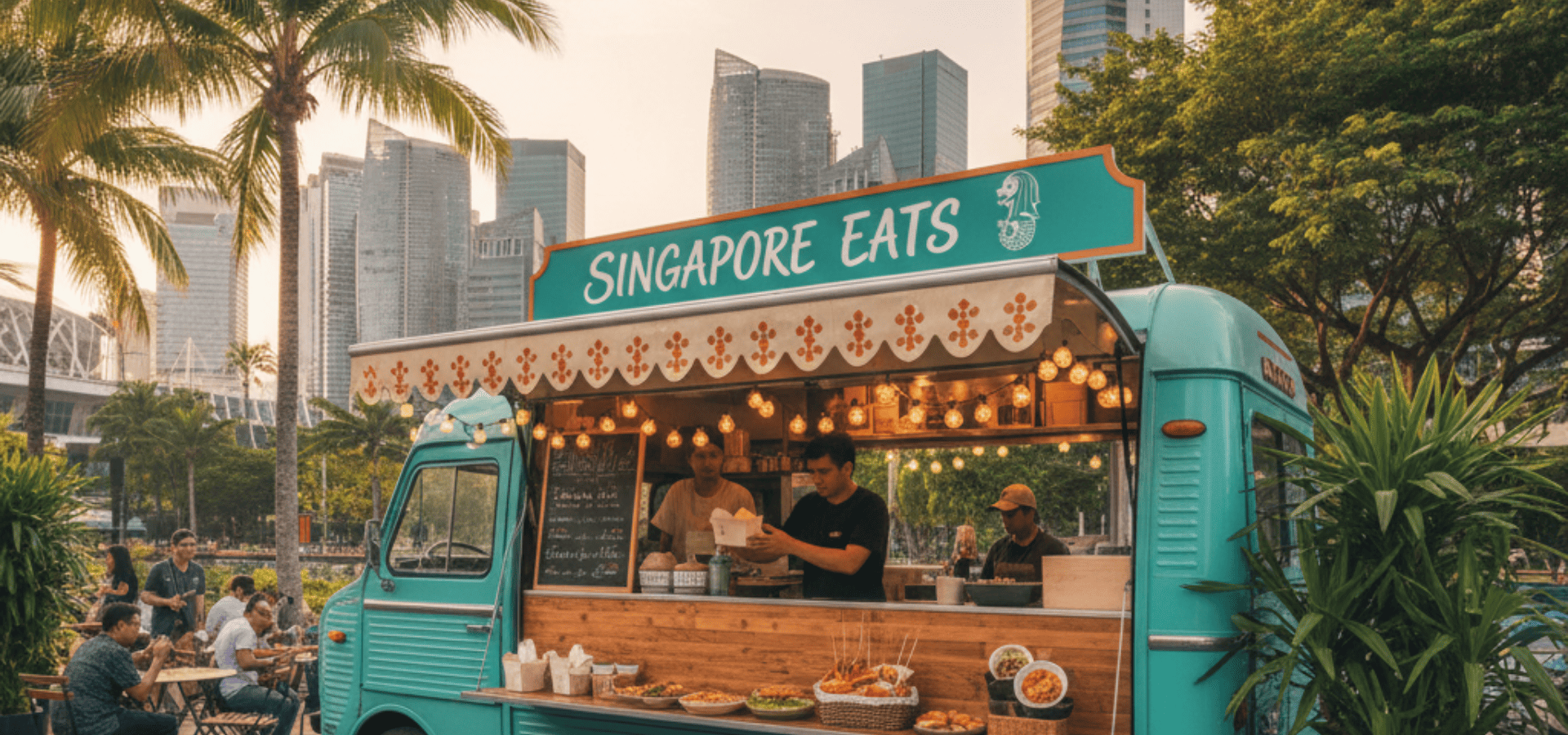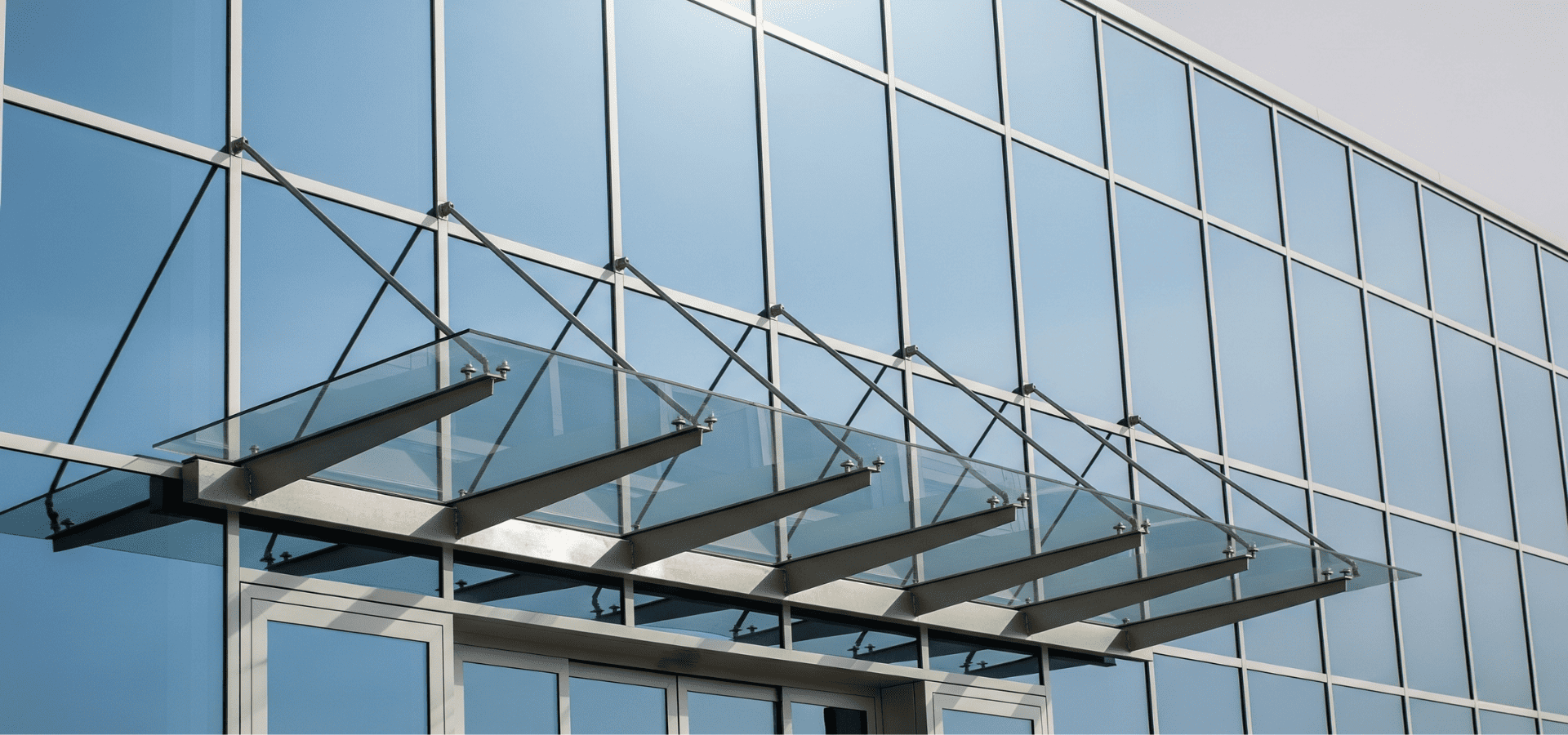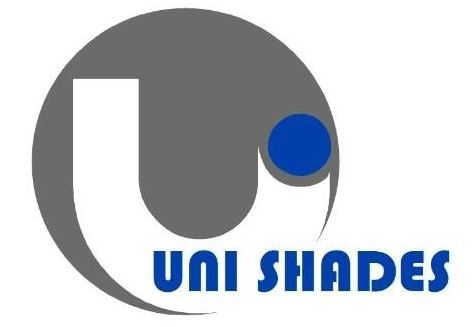Awning Costs In Singapore: What Homeowners Need To Know
Considering adding an awning to your property?
Given how expensive everything is in Singapore, the first thing question that most Singaporeans ask is usually “How much?”.
The answer is,
it depends.
It depends on the material used, whether it’s retractable or not, how big an awning you need, and a few other factors that we’ll be going through in this article.
We’ll go straight into giving you estimates for how much you can expect to pay for the type of awning you’re getting, and then explain what affects the final price, so that you know how to adjust your expectations accordingly.
Let’s go!
Awning Costs By Type

Materials aside, there are three main types of awnings — fixed, manual retractable, and motorised retractable awnings.
Here’s how much you can expect to pay for residential awnings:
- Fixed awnings: $500-4,000
- Manual retractable awnings: $800-3,000
- Motorised retractable awnings: $2,500-7,500
- Custom awnings: $5,000-10,000+
The lower end of the price range is for smaller awnings and material cost only where DIY installation is possible, and the higher end includes installation and labour costs for larger awnings.
Fixed awnings are the most affordable, starting from just $500.
Manual retractable ones are on average slightly more expensive than fixed awnings, but at the higher end, an expensive fixed awning can cost more than an expensive manual retractable awning.
Retractable awnings use fabric, which is usually a bit cheaper than the solid materials used for fixed awnings, but their mechanisms adds quite a bit to the cost, which is why they typically end up costing a bit more.
Retractable awnings give you a lot of flexibility though, which is why many homeowners opt for retractable awnings even though they require more maintenance and cost a little more.
Motorised retractable awnings are the next most expensive by a large margin. The reason for this is that in Singapore, there are many strict
regulations for renovation work.
So to install a motorised retractable awning, you need a certified electrician for the wiring work. This alone can cost an additional $500-1,500. And if there isn’t a power source near the awning, extension lines further add to the cost.
Then, there’s the more advanced motorised system, which by itself can cost anywhere from $1,500-4,500+.
And then there’s the labour and installation costs.
That’s why motorised retractable awning systems are so much more expensive than retractable ones.
Finally,
custom awnings can go up to more than $10,000. This sounds crazy at first, but it’s actually perfectly reasonable for what you’re getting.
It’s not so much about the design or the beauty, although those do play a part, but more of the specialised materials that go into it and just the fact that custom-made awnings, like with anything that’s custom-made, is more pricey.
A lot of times, custom awnings need to be custom-made because the space is irregularly-shaped or requires an unusually large awning. It’s really not so much about customising them for beauty or aesthetics, but rather practical needs.
It’s not as simple as just cutting a new awning out in the shape or size required. You need more complex engineering principles, longer arms, and stronger brackets.
It’s not just the brackets, but the awning fabric itself needs to be tougher too since it’s going to be able to withstand being stretched out over a larger area.
So custom awnings require custom materials that also need to be stronger and higher-quality, thus contributing to the higher costs. And if it’s a larger awning, you’ll obviously need more materials, which of course cost more.
If they’re motorised systems, that only further drives up costs.
All these factors combine to make custom awnings multiple times more expensive than regular awnings.
Awnings Costs By Material
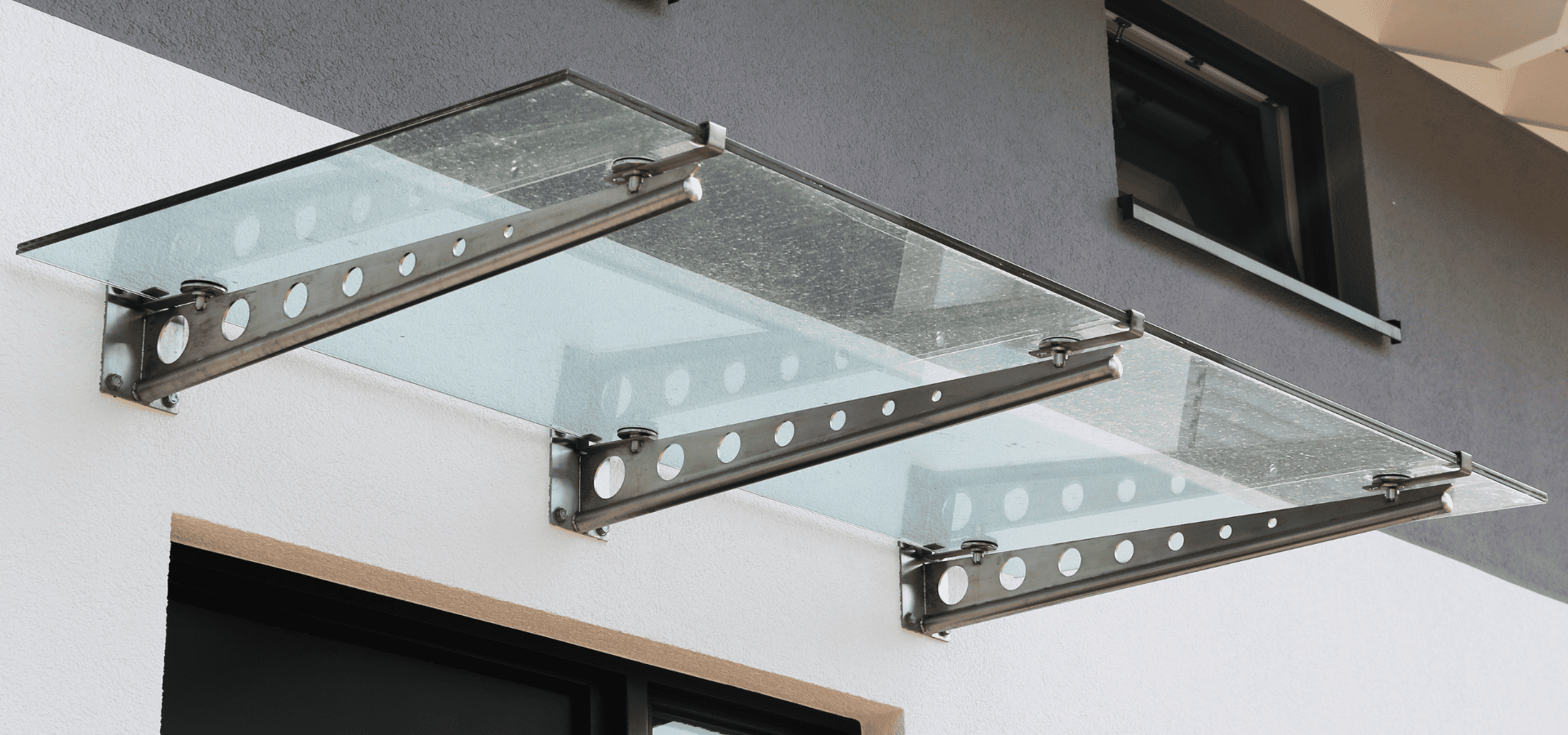
For this section, we’ll be giving you estimates for professional installation based on a typical 3 x 2.5-meter awning.
For fixed awnings, here’s how much you can expect to pay based on the material, with the price ranges factoring in the complexity of installation, labour costs, awning brand, and treatments:
- Polycarbonate: $1,000-2,000
- Aluminium: $1,200-2,400
- Aluminium composite (ACP): $1,500-2,800
- Glass (tempered & laminated): $2,200-4,000
For manual retractable awnings, here’s how much it would cost based on the different types of fabric:
- Polyester: $1,100-2,100
- PVC-coated polyester: $1,400-2,500
- Acrylic: $1,800-2,800
For motorised retractable awnings:
- Polyester: $2,500-3,800
- PVC-coated polyester: $2,700-4,500
- Perforated mesh: $2,800-5,000
- Acrylic: $3,300-6,000
Note that the prices for motorised retractable awnings here only go up to $6,000, because these prices are for a standard-size installation. The $7,500 mentioned earlier is for larger motorised retractable awnings with more components and more complex instalations.
At this point, you might be wondering what the pros and cons of each material are and how to choose.
Needless to say, it would take more than a few short paragraphs to go over the pros and cons of each material and help you decide on the right one, which is why we have a separate article dedicated to that topic.
Here are the different
awning materials and types, as well as how to make the right choice.
What Factors Affect The Final Cost?
Assuming you already know which awning type and material you’re going to be using, the next step is to get a more accurate idea of what your final cost will be, rather than just a range.
To determine that, you need to know what factors affect this final cost, which is exactly what this section is going to be walking you through.
Besides the size, material, and type of awning, here are the other factors that determine the final quote you get from your
awning contractor.
1. Installation Complexity
This is one of the biggest deciding factors affecting the cost of professional awning installation.
There are a number of situations that can make an installation more complex.
First off, certain structures are harder to install awnings on. These include curved walls, pillars, corner windows, and balconies.
Contractors will need to perform on-site measurements and then create custom awnings and frames, and it goes without saying that these all add to the final cost.
Next, if the wall is too weak to support the awning or if there isn’t enough space, the awning will have to be mounted to the roof or ceiling, which requires careful planning to get the right tile angle for water runoff.
Mounting on the roof or ceiling is also going to require the use of ladders or even scaffolding, so with the additional element of danger involved, awning installers tend to charge a bit more.
The same goes for if installation is being done on balconies or higher levels.
Lastly, if the corridors or the balony is tight or narrow, it’s going to be hard to bring in long frames, so contractors may end up having to use manlifts or scaffolding to bring them up and use them for installation.
Anytime a manlift or scaffolding is involved, you can expect to spend anywhere from $500-1,000 more.
2. Electrical Work
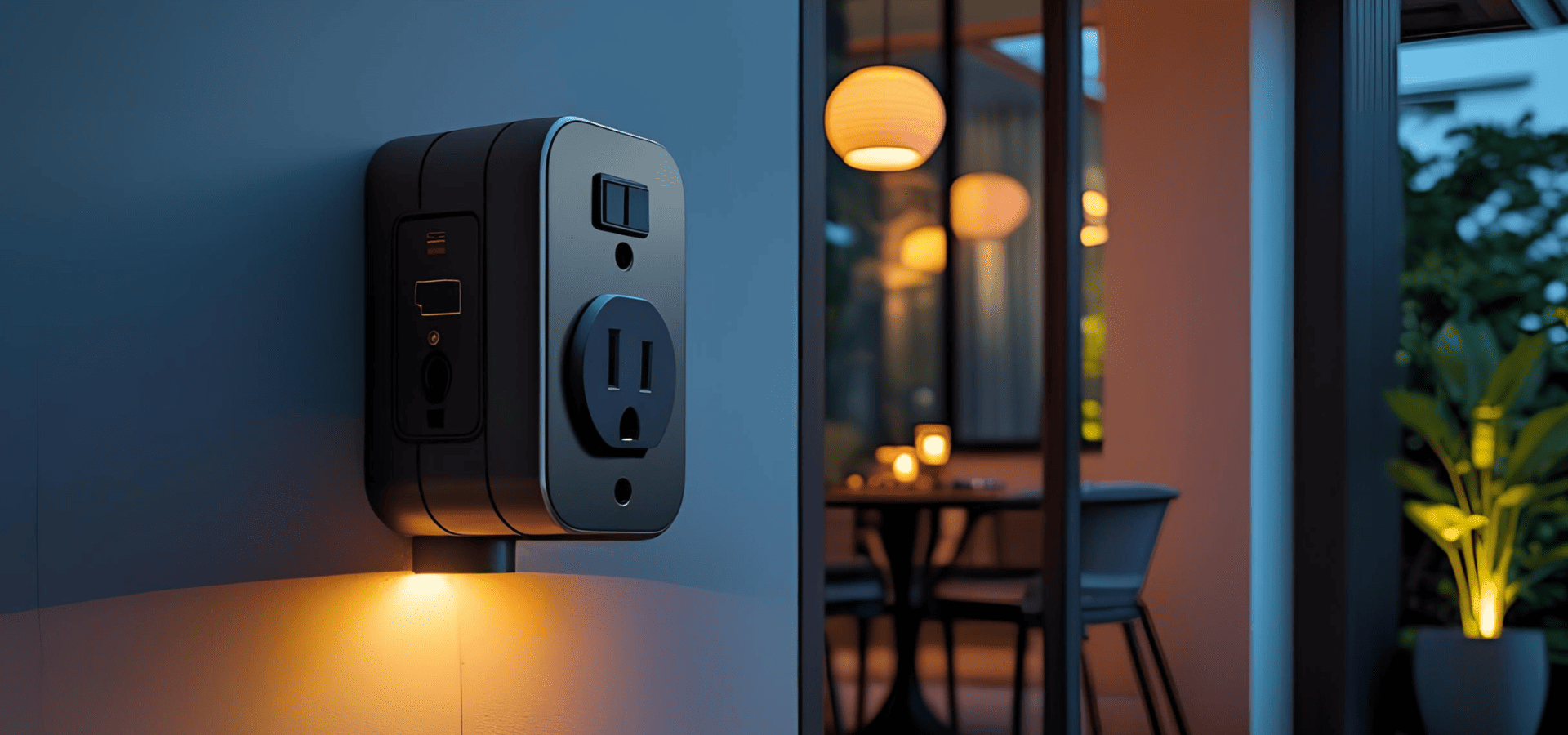
Like we mentioned above, if there’s electrical work involved, a certified electrician needs to be brought in.
If it’s just plugging in your motorised awning, then there won’t be a need for that, but for anything that involves wiring installation or movement, your contractor will need to enlist the services of an electrician.
Here are some situations where a licensed electrician will need to be called in:
- Instlling new power outlets if there are none near to your awning
- Concealing wiring inside your walls or ceiling
- Hardwiring the awning system directly into a walls switch or power circuit
- Installing permanent extension wiring
The cost can be anywhere from $500-1,500, which is partly why costs for motorised retractable awnings are so high.
3. Structural Reinforcement
Another major contributor to the cost of awning installation is structural reinforcement.
Structural reinforcement involves adding sturdy steel support beams to walls, or even as part of a freestanding structure to support the weight of the awning.
Structural reinforcement is usually required when installing larger awnings or when mounting to older buildings. Examples of such buildings include older HDB flats (built before 2000) and pre-war shophouses.
The cost of structural reinforcement can be anywhere from $1,000 to $3,000. This is expensive, but inevitable, as these steel beams need to be large and sturdy and of high quality. They’re heavy too, so there’s also the cost of the machines used to handle them.
Unfortunately, there’s no way around it. Skipping structural reinforcement when it’s needed will likely eventually result in your awning breaking off the walls during heavier storms with stronger winds.
So unless you want to waste money on reinstalling your awning, fixing the damages to the wall, and even purchasing a new awning if it broke when it fell down, it’s best to make this neccessasy investment upfront.
4. Removal & Disposal Of Old Awnings
If you have an existing awning, that obviously needs to be removed before a new one can be installed.
This is another hefty cost, usually between $1,300 and $1,800.
Many homeowners get a shock when they hear this, because they think awning removal is easy. You just remove it and then dispose of it, which should be relatively straightforward.
In reality, awning disposal involves careful unbolting, cutting, and disassembly to minimise wall damage. The parts are often heavy, so multiple workers are usually needed. For heavier or bulkier parts, or at higher levels, ladders or scaffolding are necessary too, which adds to the costs.
Afterwards, the wall also needs to be repaired with concrete, repainting, and sealing.
Lastly, when disposing of the awning, Singapore has very strict regulations on construction waste handling (and most things in general), so they need to be sorted into metal, fabric, electronics, and hazardous waste for disposal or recycling.
Contractors also need to weigh the load before disposal, and they need to pay disposal fees.
So while awning disposal may sound simple, it’s far from it. The removal needs to be done carefully, with heavy and bulky materials involved, and a scaffolding may even be needed. The waste also needs to be carefully sorted, and then transported, and there are disposal fees to be paid.
Taking all these into account, it should come as no surprise that awning removal and disposal costs so much.
Final Tips
By now, you should have a good idea of how much your awning is going to cost based on the type, material, and the various factors we went through.
With that, you should be able to estimate the cost of having an awning installed in your home.
As you’re comparing the costs across materials and types, don’t just make a decision based on the upfront cost. You need to also take into account the lifespan and other cost savings that the awning can bring you.
For example, a higher-quality awning may cost more upfront, but could last multiple times longer than a cheaper, lower-quality one. Higher-quality awnings with UV-reflective surfaces can also enhance energy efficiency and reduce your cooling costs, saving you anywhere from $50-100 every month.
Remember, it’s not what you pay, it’s what you get. The cheaper option may not always be the best choice, and similarly, more expensive awnings don’t always give you value proportionate to the increase in price.
Take your time and choose wisely!
